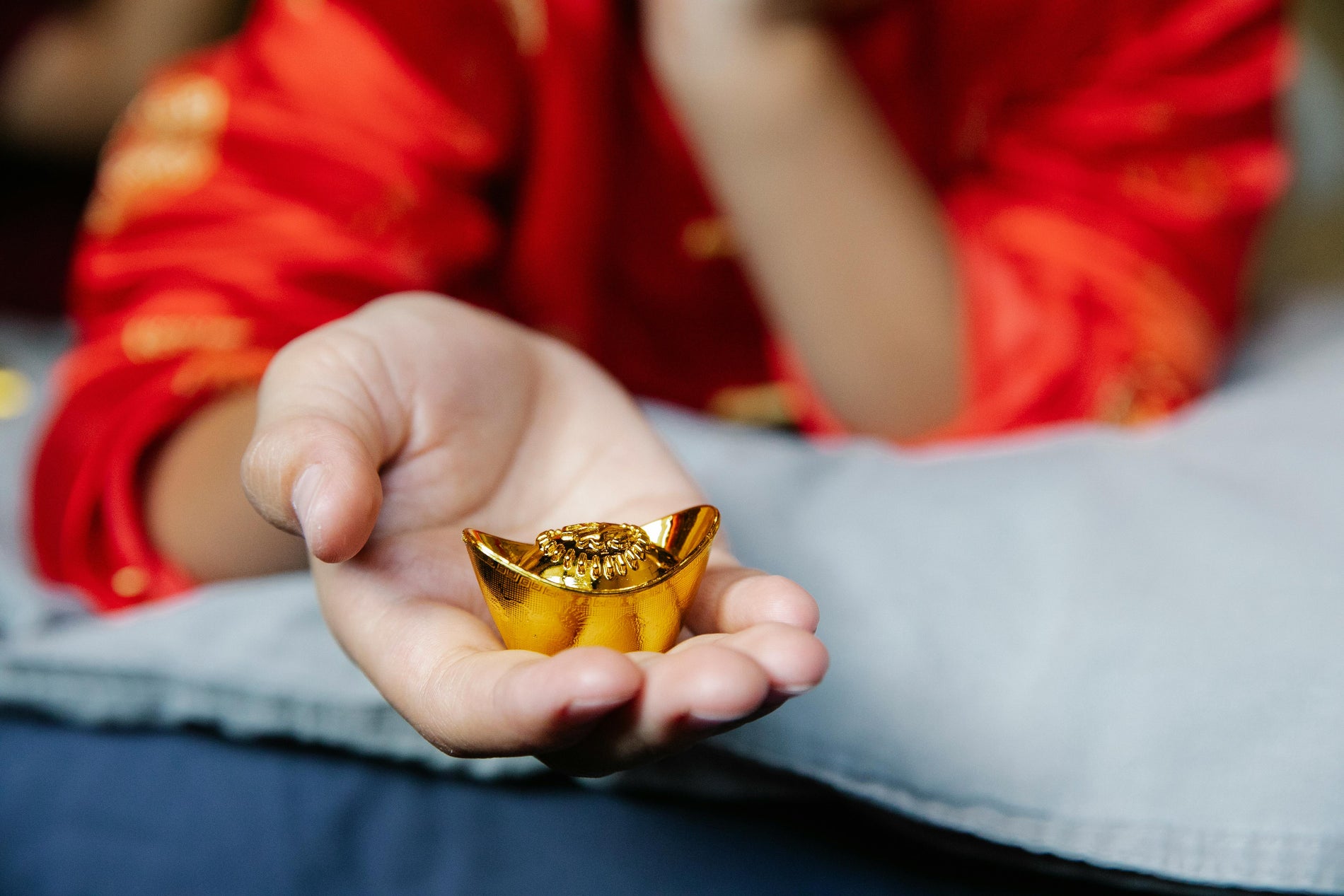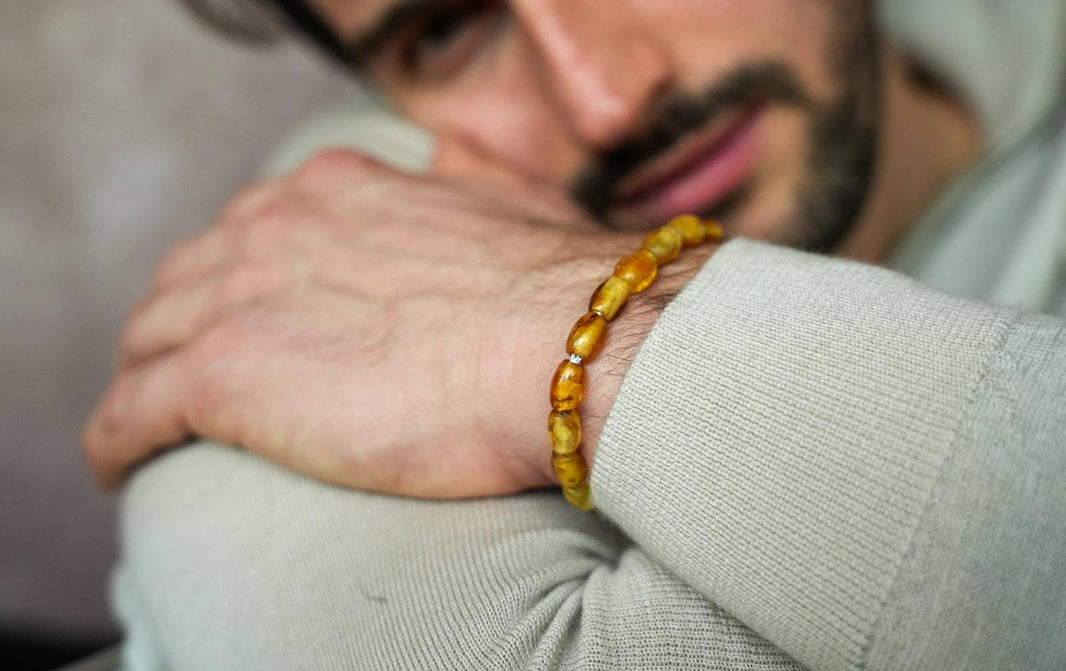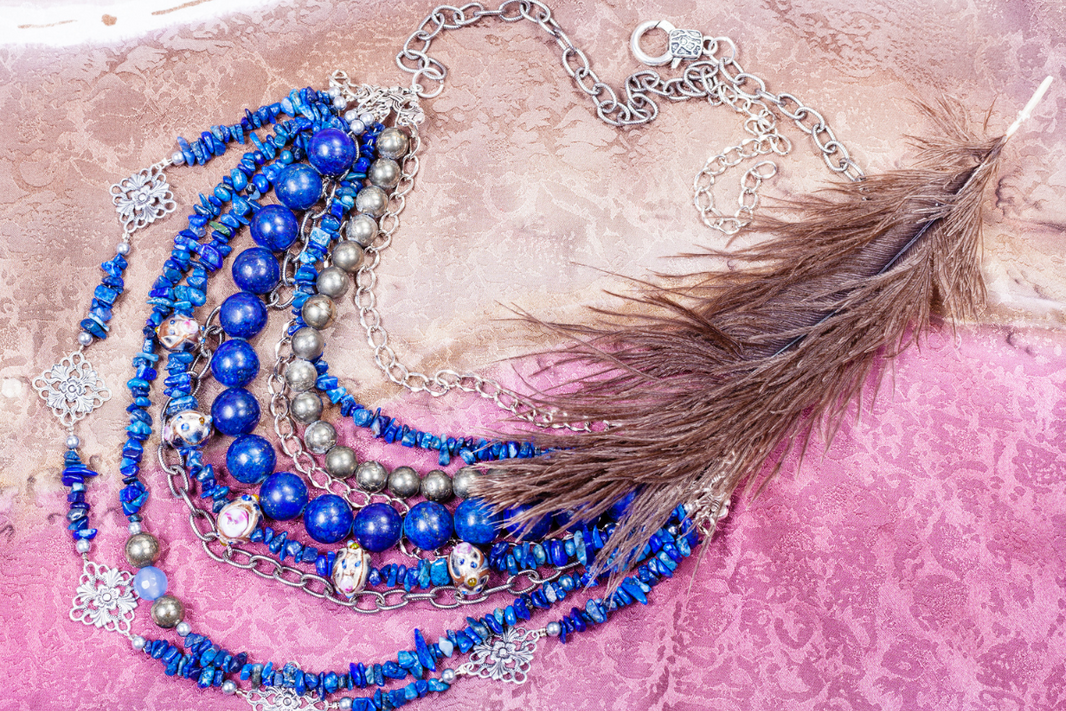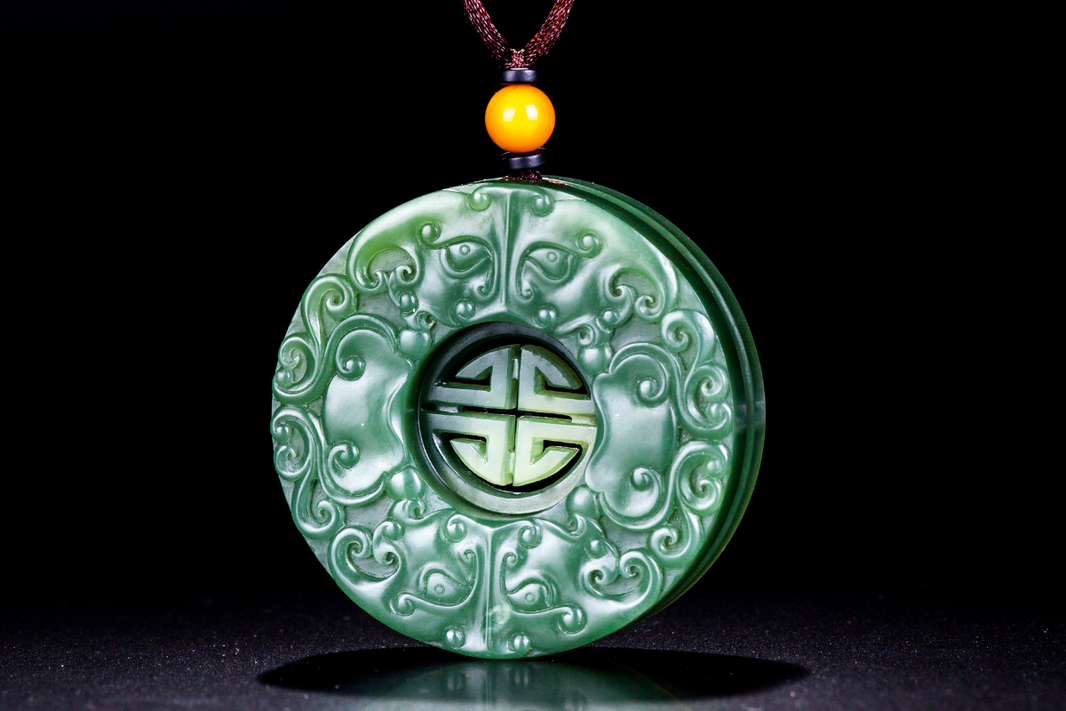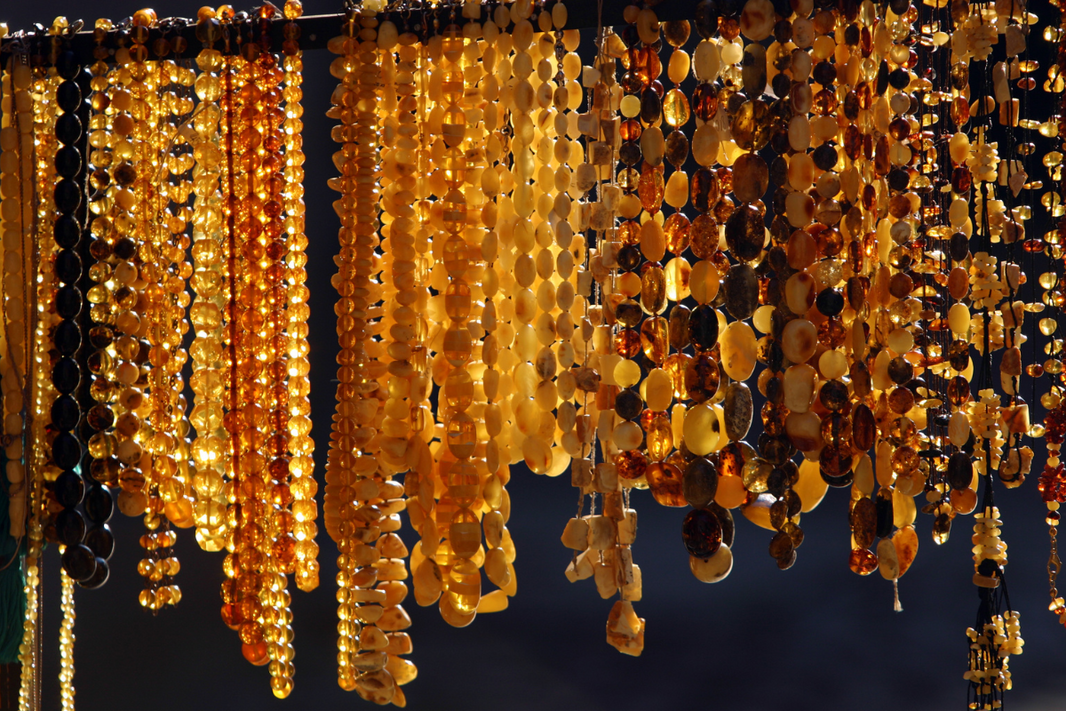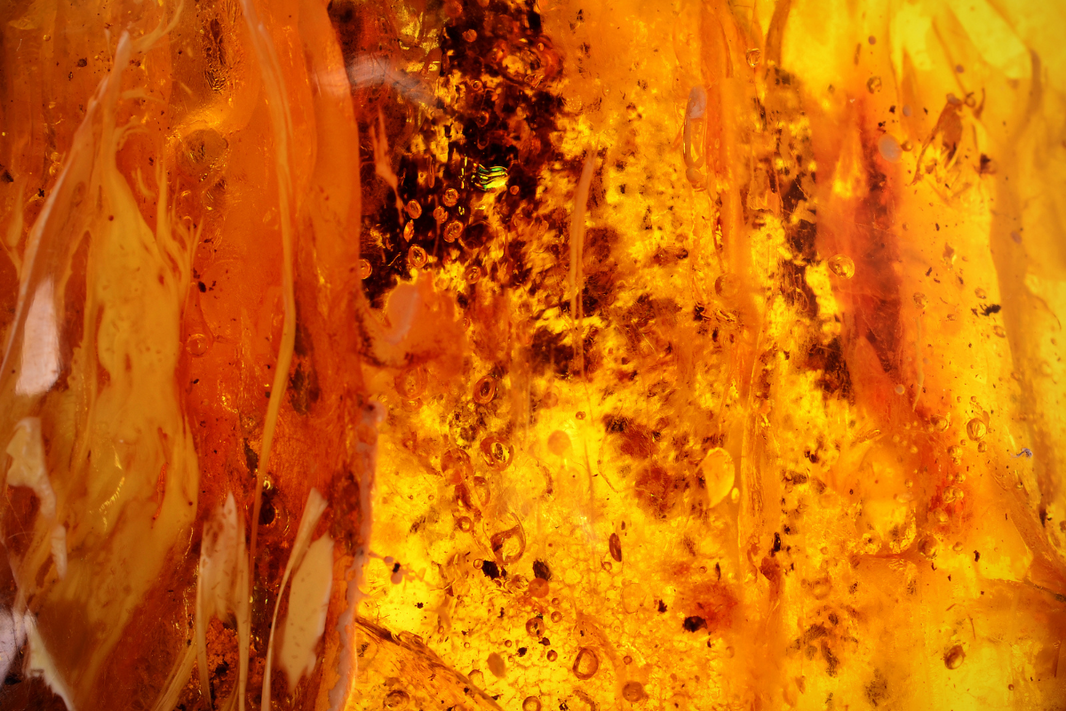The term 'ingot' is a crucial part of our dictionary vocabulary, especially when it comes to understanding the world of metals and jewellery. An ingot is essentially a mass of metal, such as copper or tin, cast into a shape that is easy to transport or store. This could be a gold bar, an aluminium sheet, or a copper brick. The weight and purity of these ingots are often stamped on them, making it easy to identify their value.
At Atlas Accessories, we love working with ingots in the traditional “bar” shape – with more refined edges to give a refined and timeless shape that is also incredibly tactile to the touch. In this blog, we’ll explain why we love the humble ingot and choose to incorporate it in our pieces.
What Is an Ingot?
In the simplest terms, an ingot is a solid block of metal that has been cast into a specific shape for storage or transportation. It's typically rectangular, but can also be other shapes. Ancient civilizations (including the Romans and Chinese) used ingots as currency, or to easily transport metals to forge into weapons and tools.
Let’s talk about what an ingot isn’t. One common misconception people have is that an ingot is exclusively a precious metal bar. While it's true that ingots are often associated with precious metals like gold or silver, they can also be made from a variety of other metals, including copper and tin.
Another misconception is that the weight and purity of an ingot are always stamped on it. While it's common practice to stamp this information on ingots, it's not a hard and fast rule. Some ingots may not carry this information, especially if they're intended for industrial use rather than as a form of currency or investment.
Ingot in Jewellery Art
Ingots have been the cornerstones in the creation of precious jewellery for centuries. Its versatility allows it to be rolled into sheets, drawn into wire, or stamped into various shapes and designs, making it an indispensable tool in the hands of skilled artisans.
In the early days, ingots played a pivotal role in the economic and cultural exchanges between civilizations. They were the currency of choice for merchants, their weight and purity serving as a guarantee of their value. This practice laid the foundation for the creation of coins, smaller, more manageable values of ingots that were stamped by the issuer to assure their quality.
The ingot's role in jewellery art is not just historical. Even today, it continues to be a vital part of the jewellery-making process. Whether it's a gold engagement ring, a silver necklace, or a copper bracelet, the journey of these pieces often begins with an ingot. Its weight and purity, stamped onto the metal bar, ensure the quality of the final product, making it a trusted symbol in the world of jewellery art.
What is the Spiritual Meaning of an Ingot?
Think of how ingots were used originally. They provided a consistent unit of measure for commerce. Ingots have been used as currency as early as the Bronze age - some of the earliest ingots found were shaped like ox hides to denote their value. It’s no surprise that ingots are associated with physical and spiritual wealth. In Feng Shui, certain ingot shapes are believed to attract wealth and prosperity. In some indigenous cultures, metals have deep spiritual significance, and ingots could be associated with these beliefs.
Ingot Shape Meaning 1: Manifestation and Abundance
As an ingot represents condensed wealth or material abundance, it can symbolise the manifestation of desires and goals. It can also represent the accumulation of spiritual wealth, such as knowledge, wisdom, or love.
An ingot amulet is a great gift to give someone celebrating a spiritual or financial milestone, like a promotion, an anniversary of an achievement, or a celebration of how far they’ve come.
Ingot Meaning 2: Foundation and Stability
An ingot is a solid, foundational form – as long as it isn’t hollowed out. It can symbolise the importance of building a strong spiritual foundation or be incredibly grounding and calming because of the density of the meal and so it might represent grounding and centring oneself. Wearing an ingot bracelet or necklace can be a great reminder to stay true to yourself and your goals.
Ingot Meaning 3: Transformation and Potential
An ingot can be seen as raw potential, waiting to be shaped into something new. This can symbolise personal growth and transformation. In some spiritual traditions, metals are associated with alchemical processes, suggesting a deep inner transformation.
Ingot Meaning 4: Value and Worth
An ingot often represents value. It can symbolise recognising and valuing one's own intrinsic worth. It’s a popular item of jewellery if you are in need of self-confidence, or as a reminder of self-worth.
The material you choose can also have an impact. Gold is associated with the sun, divine energy, and spiritual awakening. It also represents wealth and inner richness. Silver is more often linked to the moon, representing intuition, emotional balance and inner wisdom. It also has antibacterial properties that have made it a cornerstone of healing modalities since ancient times.
Its reflective nature symbolises self-reflection, introspection, and the ability to see clearly leading to a state of equanimity.
But however you choose to interpret the humble ingot, it’s a bold and meaningful item to add to your jewellery collection.
Wrapping Up: The Multifaceted Meaning of 'Ingot'
The term 'ingot' is a fascinating word with a rich history and a significant role in various industries, particularly in jewellery and metallurgy. Its usage in commerce, jewellery art, and gemmology is a testament to its enduring relevance.
From facilitating the creation of exquisite jewellery pieces to simplifying the process of metal handling, the ingot continues to be a vital component in our everyday lives.
Thank you for exploring the story behind 'ingot' with us. Now, why not experience the artistry of finely crafted jewellery first hand? Discover our exclusive collections at Atlas Accessories, where tradition meets contemporary design. Elevate your style with pieces that embody the rich heritage of craftsmanship—shop now and find the perfect accessory to tell your own story.
